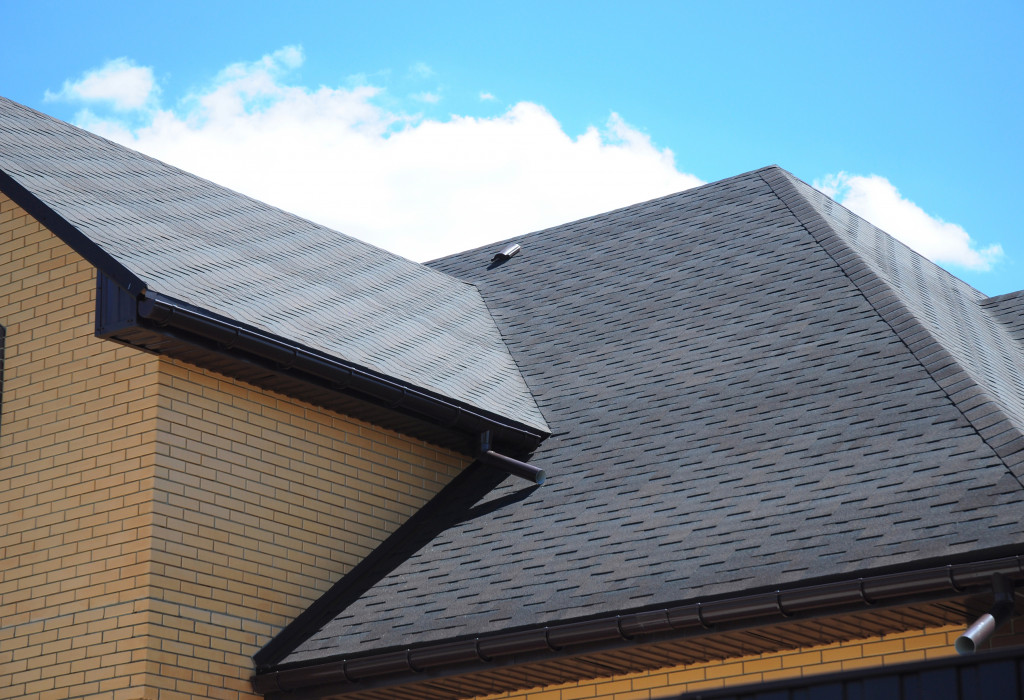Residential solar power will soon be the norm. The trend has already started in Australia, where a third of homes use solar power systems. Changing technology and market forces are the primary drivers, rather than actual concern for the environment.
Here are several reasons why solar power is becoming more and more popular due to market forces and not environmentalism.
Advancing Technology
Modern solar power systems are more efficient, durable, and affordable. The average home will have more than enough roof space for the required solar panels, and the relative position to the sun is less of an issue to newer and more efficient systems. Advances and changes in materials, production methods, and photovoltaic technology have made solar power more viable than ever. A 10-kW solar power system can meet the energy requirements of an average home with three to four bedrooms — with excess production getting sent to the grid. The excess power serves as a buffer for nighttime use or months when the sun is scarce. Solar power systems have also become more durable. Most systems will lose less than 10 percent of performance efficiency during the first 25 years of operation. Solar providers will even guarantee their systems for 25 years with warranties for repair or replacement.
Market Forces
More than concern for the environment, market forces are the primary drivers for actual change. Cars, replaced horse-drawn carriages, planes replaced ships for transcontinental travel, and electronic mail made the post office all but obsolete. Of course, changes in technology need to be matched by feasibility. Cars only became mainstream when Henry Ford made them available to the average worker. The popularity of solar power is primarily driven by market forces. More than a third of homes have gone solar in Australia, with more homes lined up for installation within one or two years. Motivations are mainly financial, as solar power systems are practically free in Australia — where solar power systems pay for themselves in less than five years. Other countries might have longer returns on investment. In the U.S., solar costs can be more expensive. It can take systems ten years to pay for themselves. With most systems lasting more than 40 years, they still pay for themselves three times over the initial cost of investment.

Solar Homes
The average Australian home uses 18 kWh, and the average U.S. home uses 28 kWh. Even at the higher end, a 10-kW solar power system can provide enough power (30-46 kWh per day) to meet the energy needs of a home. A 10-kW system can cost around A$10,000 (US$7,200) in Australia, but prices in the U.S. shoot up to around $20,000. Federal incentives cut the price down to $15,000, and different states might have their own set of incentives to go solar. If you shop for the best rates through home loan comparison calculators, a 10-year loan should have you paying more or less the same amount of money you pay for your electric bill. Note that a 10-kW system should put your electrical consumption at zero or negative, allowing you to use the savings on your electric bill to pay for your monthly premiums. Most states won’t send you a check for excess production, but you might still earn from your system in Delaware, Ohio, Pennsylvania, and Virginia. Since solar power systems can last for 40 years or more, your home will have free electricity for decades to come. Producing electricity also insulates you from future power price hikes, which are looming in the next five to ten years because of green policies that would force power companies to adopt new technology.
Drive Electric
Driving an electric vehicle (EV) makes no sense if you are still using the grid to charge it. Eighty percent of Australia’s power production relies on fossil fuels, while the U.S. relies on them for 60 percent of its power. You are charging through the grid powers your electric car with fossil fuels, albeit with extra steps. Going solar makes your home net-zero in power consumption, allowing you to charge your EV without consuming extra fossil fuel. You’ll save an additional US$2,000 on gasoline per year or A$1,500 on petrol, and you can sleep peacefully knowing your car won’t be polluting the air.
Solar homes are the homes of the future, not because people will genuinely start caring for the environment. As technology develops and solar power systems become more affordable, more people will start using them for their practicality. Today, solar power is practically free. The money you invest in solar returns in savings in five to ten years, tripling your investment through savings on your electric bill in the next 30 years.







